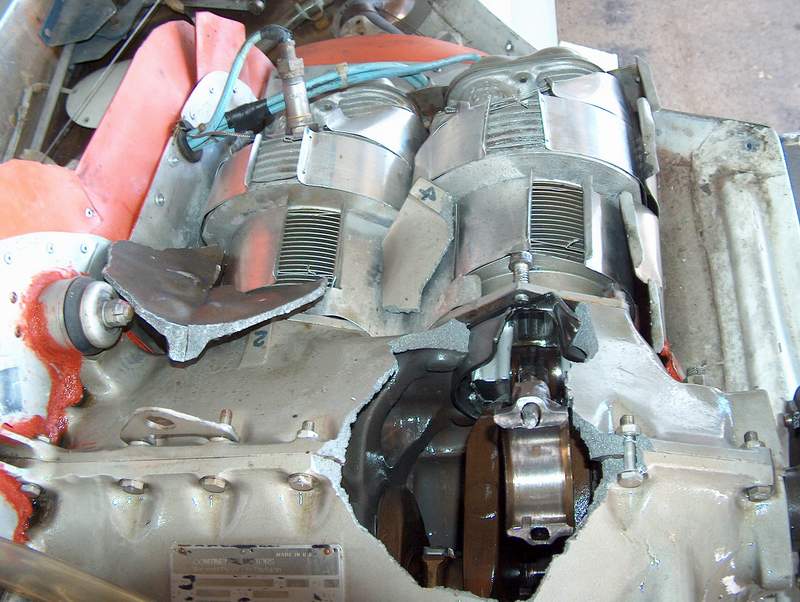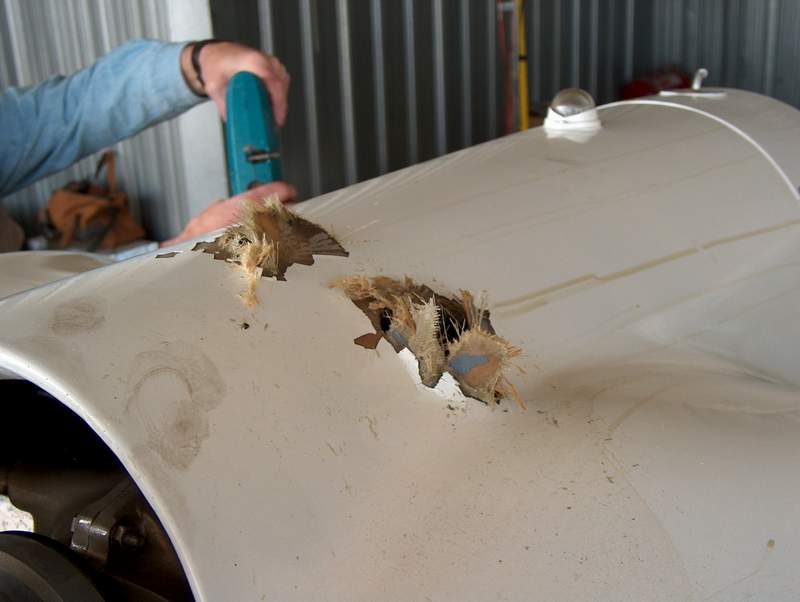I got an email this weekend from my friend, Steve Roberts of Microship fame. Steve once told me, ‘There is glory in using inappropriate technology’, which describes the ham radio community in many ways. I think many hams share the desire to use technology in unusual or novel ways and often times, that means engaging in an activity simply for the experience, not for its practicality. Satellite communications definitely fall into that category. In the days where nearly everyone has a cell phone or Internet access, using a satellite to talk with them is just, well, ‘over the top’.
Steve had a few questions for me about satellites. It turned into an email exchange which left me clearing out the cobwebs in my brain to think back a few years ago when I was active in amateur satellites. I never did get into the complicated elliptical orbit birds with linear transponders, just the low-earth-orbiting FM satellites which are a lot of fun and relatively easy to use.
A few years back, we were on a cruise ship to Alaska and I pulled out a cross-polarized, dual-band Yagi antenna and started chatting to hams in the lower 48 states and needless to say, it got some attention, mostly in the form of strange looks ;-). It also caught the attention of a writer from Wired magazine who thought it would make a good side bar article. I’ve also been known to throw the setup in the LongEZ and activate a few rare grid squares.
Enough time had passed that I have almost forgotten how to ‘work a bird’, as they say in ham radio parlance, so I had to consult my web page on the matter. It’s amazing how web pages get stale and out of date so quickly and I found myself fixing broken or outdated links and getting caught up on the current state of FM satellites. I even pulled out my radio, antenna, and tracking program with the expectation that I might hear some activity. However, many things have changed in the meantime and I’m going to have to reprogram the radio’s frequencies because several of the old birds have died and new ones are taking their places. I look forward to making a few contacts on recently launched SO-50 and AO-51 satellites in the next week or two. I was amazed to find that AO-27 is still alive, although at a much reduced schedule than a few years ago. It’s been in operation since 1993, which must be twice its expected life.



